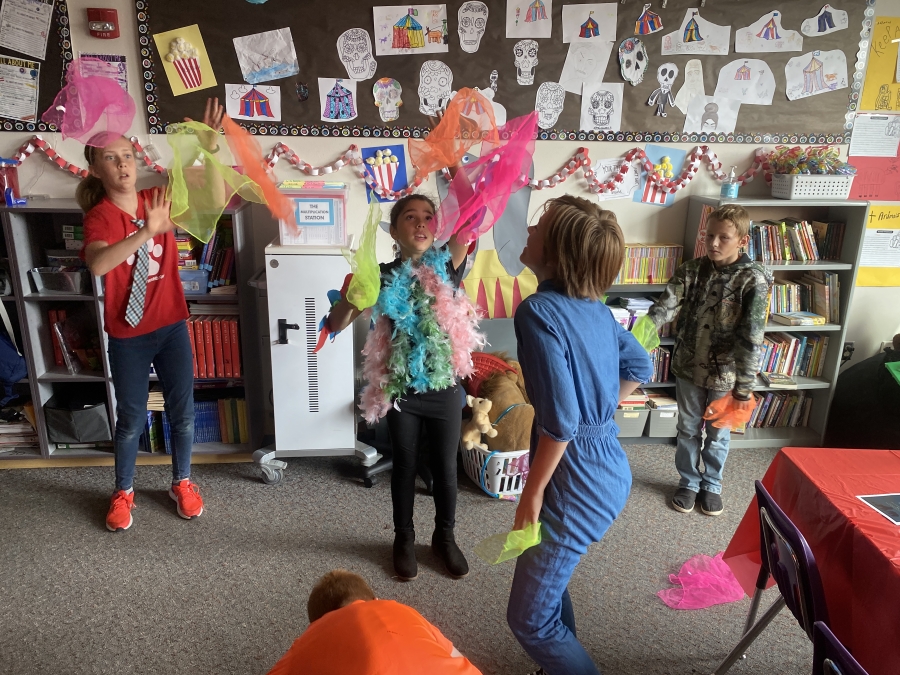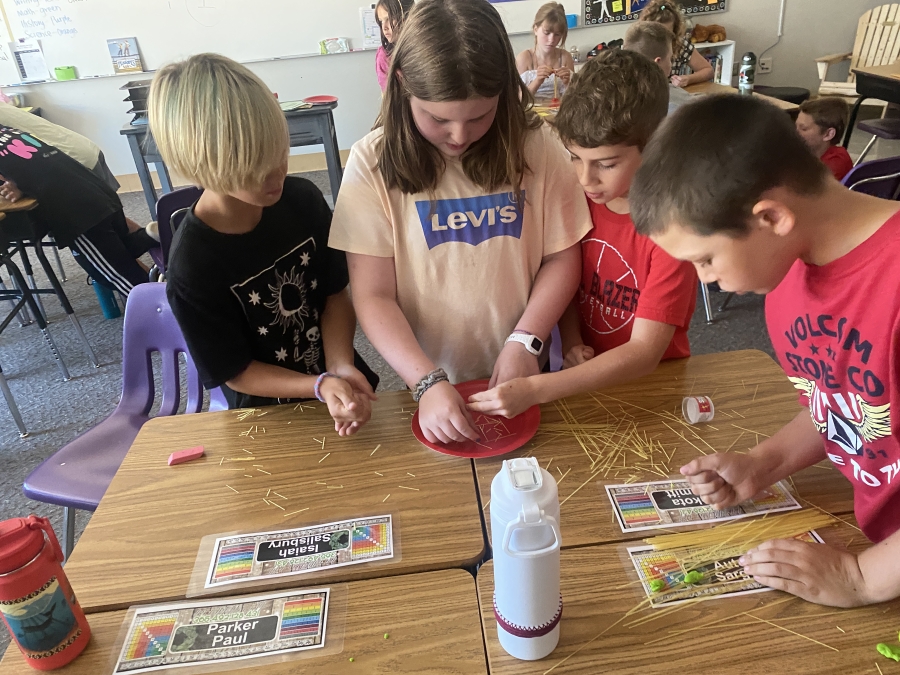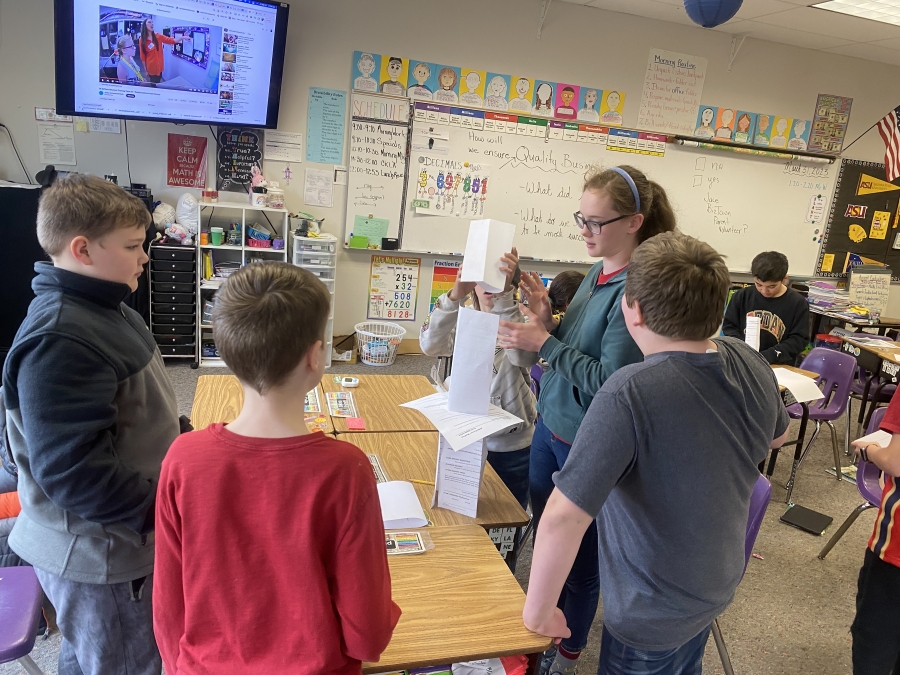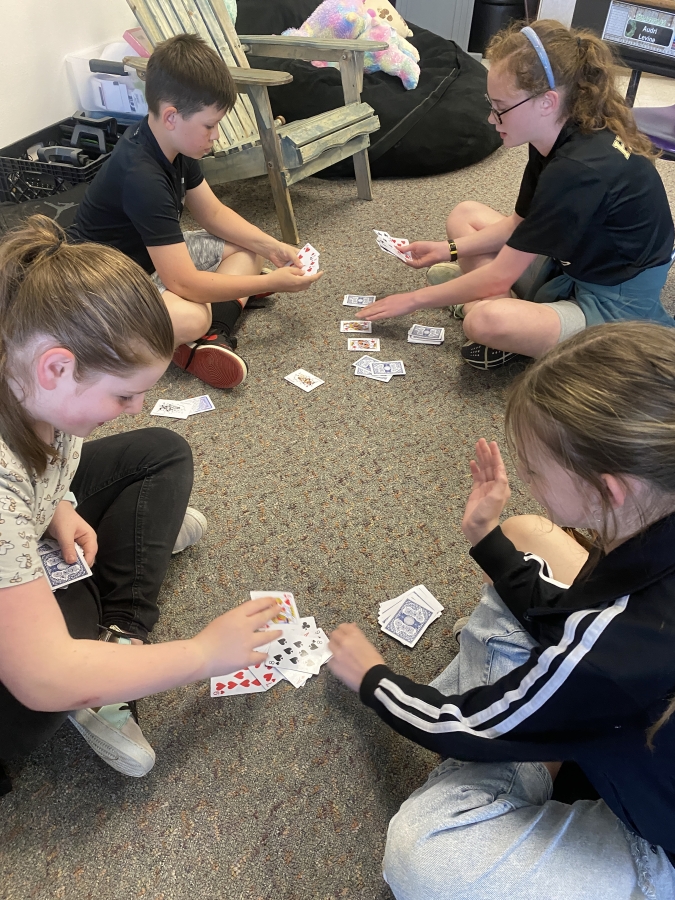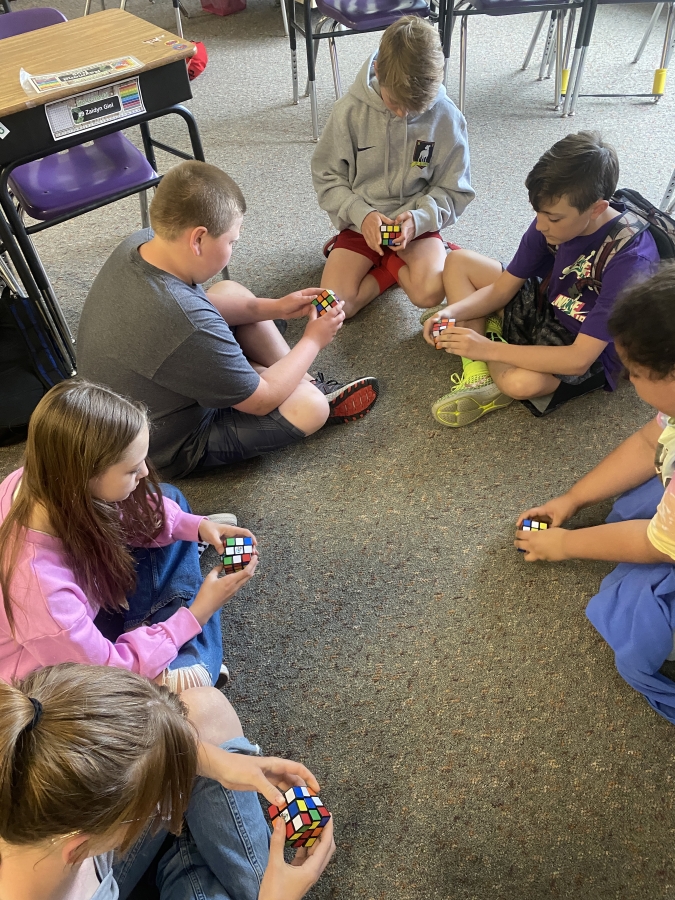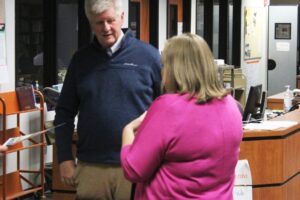The Washougal School District (WSD) has become the first school district in Washington state to partner with the University of Oregon Ballmer Institute for Children’s Behavioral Health, which provides educators with skills and resources to improve their students’ mental well-being.
“We are really excited about this partnership,” WSD Assistant Superintendent Aaron Hansen said during a Washougal School Board meeting held May 9. “I think that it’s important for us to continue to provide the resources and the structure and the learning about how best to support our students.”
Two WSD educators — Hathaway Elementary School fifth-grade teacher Sara Elmore and Columbia River Gorge Elementary School dean of students Erin Darling — are attending courses at the Portland-based institute thanks to scholarship funding from the Camas-Washougal Rotary.
“Courses this year have focused on teaching self-regulation to children, using trauma-informed support in the classroom, and developing and maintaining healthy relationships,” Les Brown, the WSD’s director of communications and technology, told the Post-Record. “These evidence-based interventions promote well-being in youth and prevent mental health problems from developing and worsening in our students.”
The University of Oregon announced the establishment of The Ballmer Institute for Children’s Behavioral Health in March 2022. The institute, made possible by a lead gift of more than $425 million from Connie and Steve Ballmer, co-founders of Ballmer Group Philanthropy, “establishes a new national model for the promotion of children’s and adolescent’s behavioral health and well-being by uniting the UO’s top-ranked teaching, research, and outreach programs, Oregon public schools and families, and community support groups in the creation and delivery of behavioral health promotion, prevention, and intervention programs that can be part of the daily lives of K-12 students,” according to the university’s website.

